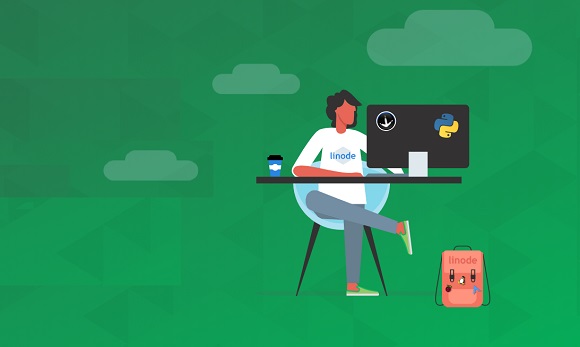Programming in the pandemic - Linode: Mapping out a new workflow map
The Computer Weekly Developer Network examines the impact of Covid-19 on the software application development community.
With only a proportion of developers classified as key workers (where their responsibilities perhaps included the operations-side of keeping mission-critical and life-critical systems up and online), the majority of programmers will have been forced to work remotely, often in solitude.
So how have the fallout effects of this played out?
This post is written by Will Blew in his capacity as a software engineering manager for Linode – the company is known for its cloud hosting and infrastructure tools that organisations can use to develop, deploy and scale applications with speed and ease.
Blew writes as follows…
Since moving to working remotely every day, we’ve had to be continuously aware of changes to our amazing team members’ lives in a new way. In the current situation, we’re not just working remotely, we’re also helping our children and families with the changes also affecting them.
In general, though, things have been going very well in regards to remote work itself.
Workflow workarounds
The most common thing I’ve seen so far is that the previous workflows that people have adopted may not work in a remote environment. That could be upsetting and lead to lost productivity, but it should also be an opportunity to look at things in context and where you can improve.
One thing I’ve changed since moving to fully remote working is asking about things related to remote work during my regular team one-on-ones. It’s important that everyone on my team(s) have the things needed to do the work in this new way.
During our team meetings, using online whiteboards and other collaborative tools we’d normally use in person has been a big change. Pretty much any time we would have used some type of physical tool we’re looking for an alternative we can all collaborate on from the multiple locations we’re at in the country.
Mapping out a new map

Blew: Chilled (but sensitive) about that whole physical-to-virtual work fabric switch around.
Personally, I’ve tried to map the practices I had when working in the office to my home.
If I took 5 minutes to go get coffee or walk around a block before context switching, now it’s my kitchen or walking (awkwardly) around the house. I’ve found translating these types of things is important to me for some type of structure since they’re specific to my work day.
Overall, I think balancing home life and work life has been difficult and continues to require assessment. We have to make sure we’re all taking the time we need to decompress from the changes and events happening all around us pretty much every day.
We are still keen to look at new technologies and how we can keep innovating.
The GPU factor: getting hands-on
My colleagues have done some great work around AI and GPUs and how to offer the functionality and power here to customers, so they have had to do a lot of that work during lockdown. When you are dealing with physical things like graphics cards in hundreds of machines, you don’t have the luxury of only working remotely, so they have had to go in. They have done an amazing job in the circumstances.
I feel that this time has given businesses, organisations and teams the opportunity to evaluate if remote work can be a possibility for them in the future, when previously they may have been hesitant to explore it.
While this isn’t a normal remote working situation by any means, I’d argue it’s a much more difficult one. If you’re able to do well or even thrive during this time it could really change your position on the never-ending debate of ‘Can we work remotely?’

Image credit: Linode



